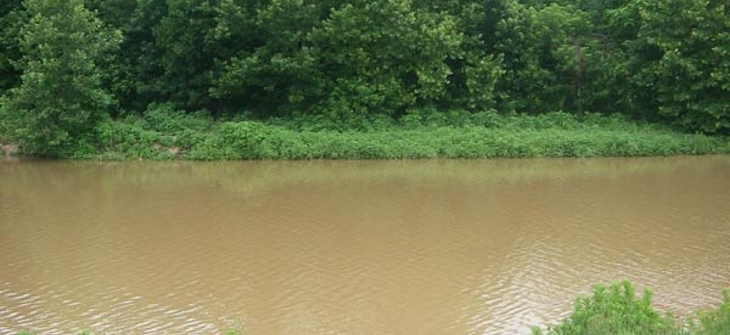
All Stormwater Particles Are Not The Same Part 2: Particle Shape And Density
EPA selected a removal standard of 80% total suspended solids (TSS) removal as the target pollutant of concern due to high TSS concentrations ubiquitous impact on water quality and degradation to aquatic habitat. Many other pollutants of concern are particle-bound, and TSS is thereby a surrogate for other pollutants. Testing methodologies for stormwater control measures (SCMs) in respects to TSS can vary greatly. There are many sediment characteristics that should be considered when evaluating a SCM for TSS removal performance to ensure apples and apples are being compared among removal efficiencies for SCMs. Therefore, design engineers and regulatory authorities should be aware that not all SCM claims are based on the same type of sediment, and a better understanding of the sediment tested will allow for SCM selection appropriate for the application.
Particle Shape
Particle shape is classified by angularity and sphericity with angularity ranging from very angular to well rounded, and sphericity ranging from low to high. Laboratory ground silica test sediment will be more rounded with higher sphericity than real world stormwater sediment. Real world stormwater sediment tends towards more angular particles and lower sphericity. While laboratory test sediment may have a very smooth surface, particles in stormwater often have increased surface roughness and porosity; two characteristics which can improve sediment removal performance by means of flocculation and interactions with filter media. For SCMs containing filter media, very angular particles are more likely to be captured within media voids due to surface roughness and shape irregularity. Dissolved pollutant removal is also improved due to increased surface area of irregular shaped particles.
While increased sediment removal may occur due to irregular particle shape, increases in head loss and backwash volumes may also occur due to increased hydraulic restriction through a filter. This is also evident in SCMs with filter media, where very angular or irregular shaped filter media will reduce hydraulic capacity, but will demonstrate greater sediment removal due to the increased number of micro and macropores for particle capture.
Particle Density
Particle density is an important parameter because it affects how long particles remain in suspension, and is often measured by Stokes’ Law. For SCMs that rely heavily on sedimentation as a removal mechanism, i.e. hydrodynamic separators, sediment removal efficiency can be significantly affected by particle settling velocities due to differences in particle densities. Specific gravity is often used as a measure for predicting settling velocities and is the ratio of the mass of sediment to the mass of water based on equal volumes. Specify gravity is usually controlled by sediment type, with organic material and clays having a lower density and are therefore more difficult to remove via settling. For reference, specific gravity of ground silica laboratory test sediment is usually around 2.65, while specific gravity of stormwater particles can range from 1.5 to 2.65. Clays and organics are usually on the low end of this range and sands on the upper end.
Particle size, composition, shape and density all have a significant effect on the sediment removal performance of a SCM. A better understanding of the field stormwater sediment characteristics will allow a design engineer to specify the SCM most suitable for an application. Both laboratory and field performance data should be taken into account for stormwater treatment designs, and it should be noted that all particles are not the same.
